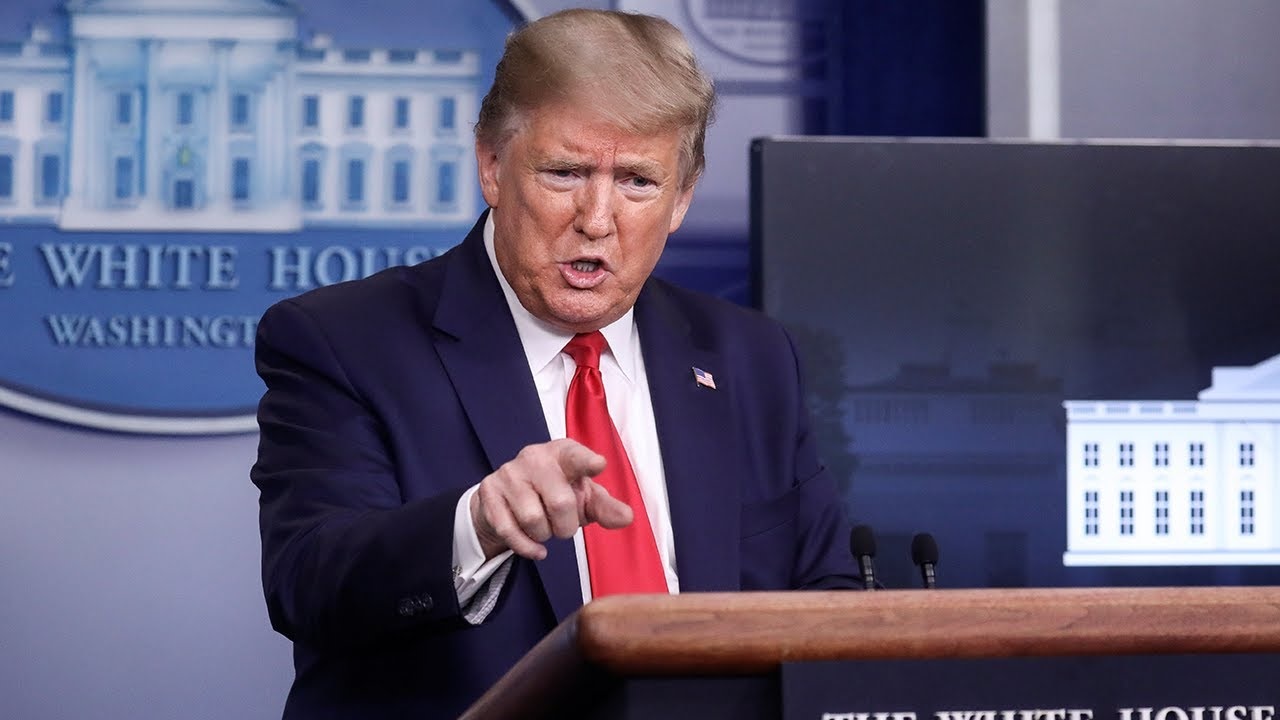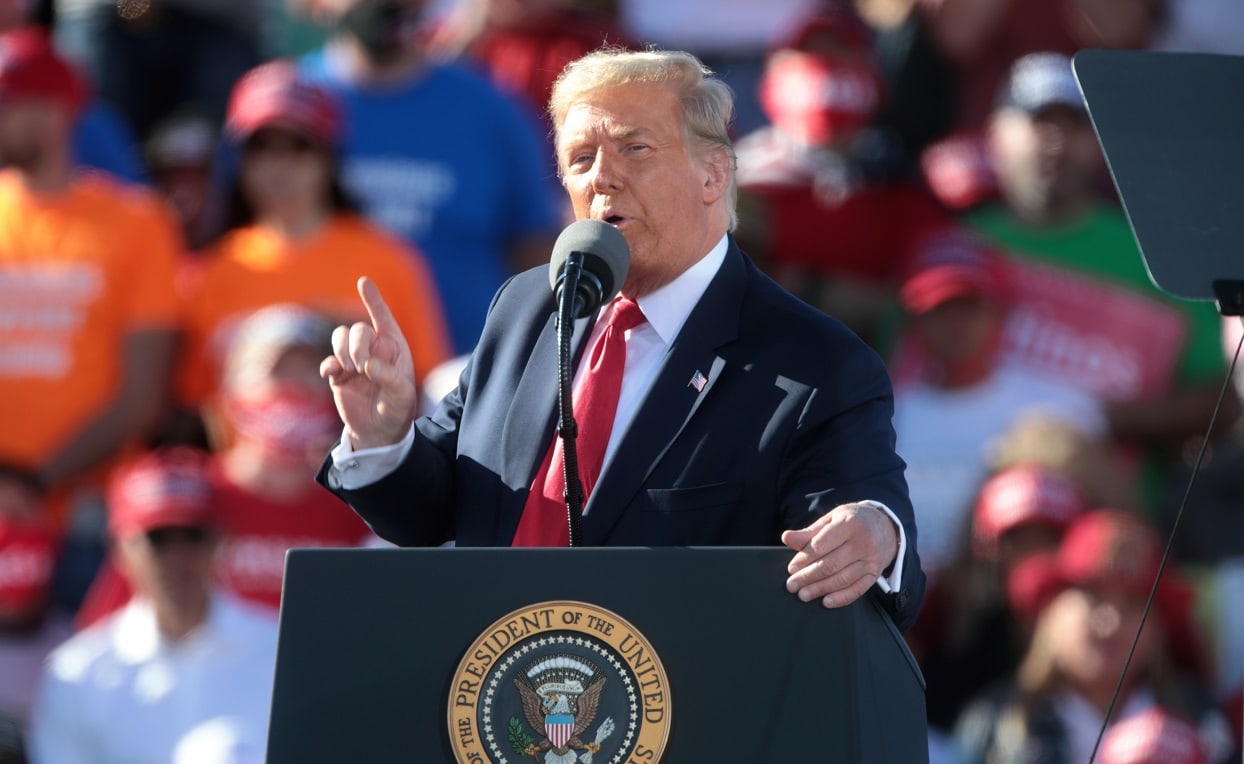On April 9, 2025, President Donald Trump announced a 90-day pause on new tariffs for most U.S. trading partners. The move surprised markets and foreign governments alike, offering temporary relief from what had appeared to be an across-the-board escalation of his administration’s reciprocal tariff policy.
But the tariff pause itself is not the real story. The story is what it reveals about how President Trump plans to govern in a world where economic power is increasingly indistinguishable from geopolitical power. On April 9, Trump abruptly paused planned tariff increases on most U.S. trading partners for 90 days—except for China. Beijing, in his words, had retaliated unfairly, disrespected American trade overtures, and therefore would now face a stunning 125 percent tariff on all imports into the United States. No president in modern history has imposed such a sweeping tariff wall against the world’s second-largest economy. But that’s not the real headline. The real story is what it tells us about Trump’s approach to statecraft in his second presidency. This isn’t economic policy. It’s economic warfare. And it’s being waged without a clear doctrine, only instinct.
Trump’s instincts are sharp. That’s part of what makes this dangerous. He intuits weakness, opportunity, and domestic political advantage better than most of his critics. His sense of timing—his instinctive sense of when to escalate and when to pivot—makes him more nimble than most political leaders. But instincts don’t make strategy. And tariffs are not Swiss Army knives. They’re blunt-force instruments. If they’re going to work—as leverage, as a source of revenue, or as a tool to reshore American manufacturing—they need to be deployed with strategic clarity and political consistency. What we’re seeing now is closer to improvisation. Loud, dramatic, disruptive—but increasingly unrecognizable as coherent policy.
The 125 percent tariff on Chinese imports is not subtle. It’s not a nudge, a bargaining chip, or a symbolic move. It’s designed to hurt. Trump knows full well it will increase consumer prices in the U.S. He knows it will trigger retaliation. That’s not collateral damage—it’s the point. The current administration no longer sees China as a trade partner worth salvaging. It sees China as a revisionist rival to be punished, excluded, or forced to realign under pressure. This is not a return to 2018. This is something else. Trump is trying to construct an entirely new economic order—one that walls off China, protects U.S. industry, and dares the rest of the world to pick a side.
But China isn’t Venezuela. It has the capacity to strike back—through tariffs, non-tariff barriers, currency tools, and informal pressure on U.S. firms operating inside its borders. It also has alternatives. Russia, Iran, and even portions of the Global South are drifting into China’s orbit, if only to hedge against American volatility. Trump’s defenders might call this “de-risking.” His critics would call it “decoupling.” In reality, it may be something cruder: a deliberate economic rupture with a great power rival, initiated without a long-term plan for the fallout.
Meanwhile, Trump and his advisors continue to frame tariffs as multipurpose tools. They’re supposed to be about leverage—getting better deals. They’re supposed to raise revenue. And they’re supposed to bring factories back to American soil. In principle, each of these aims is defensible. But in practice, trying to accomplish all three at once creates confusion, not coherence.
Take the revenue argument. The administration keeps repeating the line that China pays the tariffs. This is false. Tariffs are paid by U.S. importers. Those costs are then passed along to American consumers. This isn’t ideological spin—it’s basic economics. Multiple studies during Trump’s first term confirmed it. Retailers pay more for goods, and working-class families bear the burden at checkout. If tariffs are meant to raise revenue, fine. Say so. But don’t pretend they’re free.
The “bring it home” argument is no less fraught. Trump has long insisted that tariffs will shock companies into reshoring production. But if that were the case, we’d be seeing a manufacturing renaissance already. Instead, what we’re seeing is paralysis. Companies aren’t investing because they don’t trust the stability of trade policy. They’re not going to restructure global supply chains on the basis of a tweet or a 90-day pause. They want clarity. They want predictable timelines, regulatory certainty, and long-term incentives. That’s how serious industrial policy works. Tariffs can complement it—but they can’t substitute for it.
And then there’s the negotiating tactic rationale. This one has always been murky. Tariffs can bring partners to the table. But they can also drive them away. The 90-day pause on most countries—Canada, Japan, key EU states—suggests Trump recognized that going full-spectrum would trigger blowback. Domestic industries were getting jumpy. Allies were grumbling. Congressional Republicans were quietly furious. The pause was a tactical retreat, not a strategic pivot. And even now, those countries are left wondering whether this is a reset or a calm before the next round.
Markets responded predictably. The Dow and S&P 500 surged. The dollar stabilized. And investor anxiety—at least temporarily—eased. But the rally wasn’t a sign of confidence. It was relief. Investors had braced for a full tariff blitz and got a reprieve. That says more about the unpredictability of the policy than its strength. Wall Street isn’t betting on industrial revival. It’s betting that chaos has been delayed, not avoided.
There is a deeper issue at play here. Tariffs, by themselves, don’t create power. They amplify power when deployed as part of a broader strategy of economic statecraft that connects ends and means. But right now, there’s no such strategy. There’s merely impulse and reflex.
Trump has always had a knack for cutting through elite consensus. In many ways, he was right to challenge the smug assumptions of the neoliberal free-trade era—that globalization was an unqualified good, that industrial decline was inevitable, that supply chains would always hold. He tapped into a real grievance. But the alternative he’s offered—tariffs as cure-all—is not a viable alternative. It’s not enough to tear down the old order. You have to build something better in its place.
To do that, tariffs need to be part of a larger plan. If the goal is reshoring, then pair tariffs with real domestic investment. If the goal is leverage, then make demands clear and deadlines credible. If the goal is revenue, then be honest about who’s footing the bill. But don’t keep pretending that the same tool can do three jobs at once, especially when it’s being swung this hard.

Donald Trump. Image Credit: Creative Commons.
The United States still has enormous economic leverage. We still set the terms for much of the global economy. But that influence is being tested—not just by China, but by our own inability to articulate a coherent economic vision. If this administration wants to lead through strength, it needs to start treating economic power with the seriousness it demands.
So yes, this latest move is bold. It commands attention. But boldness is not the same as leadership. And tariffs are not strategy. They are tactics. Blunt ones. If we keep confusing them for the real thing, we will wake up one day to find that we’ve traded strategic clarity for mere spectacle.
About the Author: Andrew Latham
Andrew Latham is a non-resident fellow at Defense Priorities and a professor of international relations and political theory at Macalester College in Saint Paul, MN. Andrew is now a Contributing Editor to 19FortyFive, where he writes a daily column. You can follow him on X: @aakatham.

